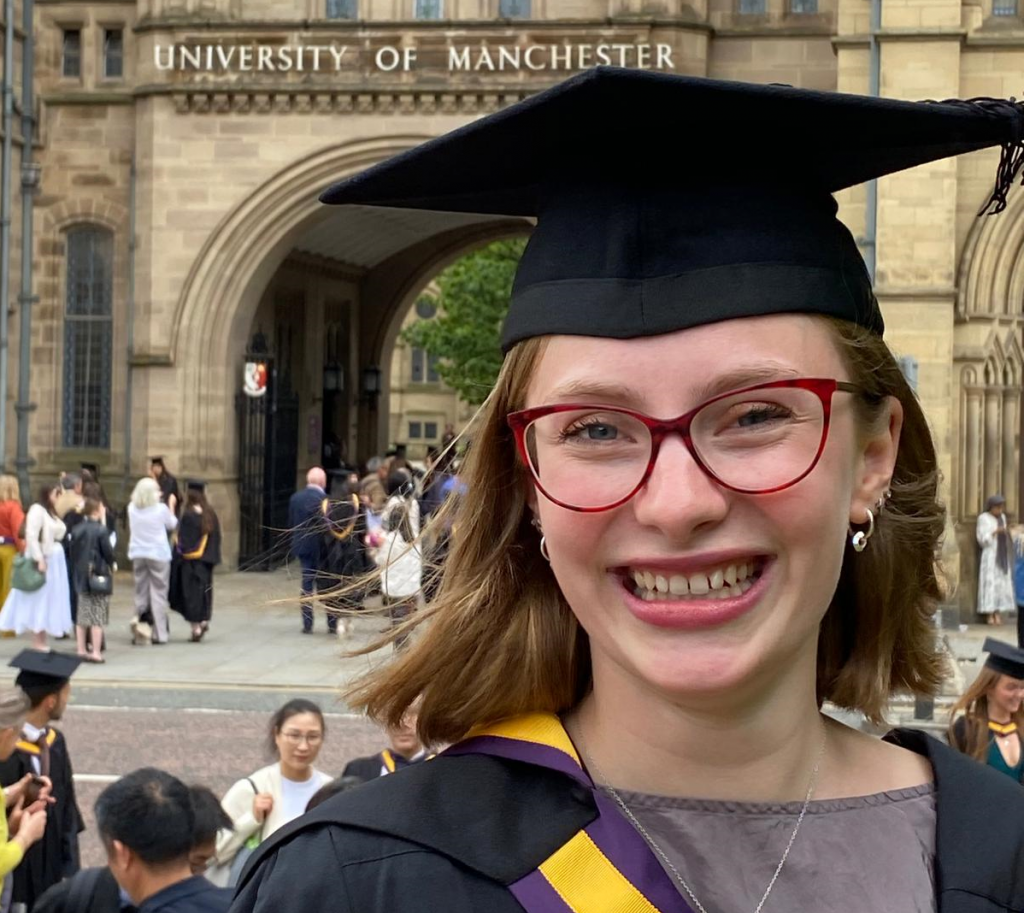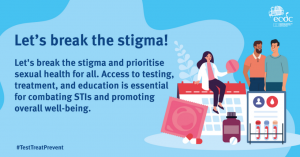
Sylvia Masters: Challenging HIV and AIDS Stigma and Misinformation
December 1st 2024 marks World AIDS Day, dedicated to raising awareness of HIV and AIDS, in commitment to ending HIV-related stigma and HIV as a public health threat, as well as remembering those who have tragically lost their lives to the infection.
As 2025 fast approaches, the day also refocuses our attention to the 2025 UNAIDS targets: less than 10% of people living with HIV experience stigma and discrimination, and 95% of people living with HIV are aware of their status, on treatment, and virally suppressed. These need to be achieved to meet the Sustainable Development Goals’ 2030 HIV targets; the UN pledged to end AIDS as a public health threat by 2030, aiming to achieve zero new infections.
Whilst treatment and understanding have come a very long way, we must continue to work towards reducing stigma against people living with HIV, to create safe and inclusive environments that foster learning and awareness. This blog looks to the present and future to explore what more needs to be done.
Current situation
In 2022, an estimated 39.9 million people were living with HIV globally1. This represents a very diverse community of individuals, and of diverse lived experiences. 86% of these people were estimated to be aware of their HIV status and, of these, 89% to be accessing treatment (2023)1. These testing and treatment numbers have been rising since the beginning of the epidemic, helping reduce new HIV infections by 60% since the peak in 1995, and AIDS-related deaths by 51% since 20101. Despite these gains, we are not on track to reach the 2030 UNAIDS targets, notably jeopardised by the rise in resource cuts, inequalities and extremist political narratives globally. In 2023, someone died of HIV every minute, almost 25% of people living with HIV were not accessing treatment, and funding for HIV was decreasing1.
Prevention
Understanding how to prevent HIV transmission is very important. Firstly, people living with HIV cannot transmit the virus if they are on effective treatment and have an undetectable viral load. This is when the level of HIV in the blood is so low (< 200 copies/ml), because of medication, that it becomes virally suppressed, and then cannot be transmitted sexually. Undetectable = Untransmittable (U=U).
Additional prevention options include pre-exposure prophylaxis (PrEP) – medication someone who does not have HIV can take to prevent them from getting HIV – and post-exposure prophylaxis (PEP) – a short course of medication that can be taken within 72 hours after a possible exposure to HIV to prevent HIV.
Misconceptions about HIV
Unfortunately, mis-education and/or -understanding sometimes means that people do not trust or fully understand these prevention options, leading to discrimination.

In turn, some healthcare workers take excessive, and offensive, measures; 8% of healthcare workers in Europe and Central Asia were found to avoid physical contact with people living with HIV, and 26% were found to wear double gloves2. It was also not uncommon for medical staff to hold stigmatising attitudes and a preference not to provide care to key populations at higher risk of HIV, particularly for people who inject drugs2. These statistics are shocking and distressing, and demand we commit internationally, nationally and as an institution to condemning such stigma.
Crucially, when knowledge of HIV increases, these stigmatising and discriminatory practices decrease2, so whilst I wish to highlight the levels of exclusion people living with HIV still endure, and how hard we need to fight to minimise this, I also want to reiterate the power of education, and its ability to create safe, inclusive environments.
What must be done

We must demand governments protect and progress resourcing and human rights internationally to achieve the UNAIDS goals and promote the wellbeing of people living with HIV. On a more local level, we must educate ourselves and those around us on HIV. Stigma and discrimination are often rooted in misinformation and/or misunderstanding.
Whilst medical advancements continue to be made, and the field is constantly changing, this is only one side of the picture. Zero transmission is not possible without zero stigma. Targeted interventions and education campaigns are needed to challenge misconceptions, to prevent barriers to care and wellbeing. Discrimination based on HIV status exacerbates harmful self-stigmatisation, which we must not tolerate.
The University of Manchester
At UoM, we value, and demand, equality, diversity and inclusivity, and this must include people living with HIV. No one should feel worried about being treated differently because of their HIV status or feel unable to disclose their status if they wish to. We must embed our values of knowledge, humanity and courage throughout our practice.
Use World AIDS Day as a rallying call to commit yourself and your institution to active and agile education and engagement on HIV, to get yourselves tested, and to challenge any preconceptions you or others might possess. As so eloquently put by Mark Miller; by understanding HIV, reducing stigma, and supporting those affected, we can create a more inclusive and compassionate society.






0 Comments